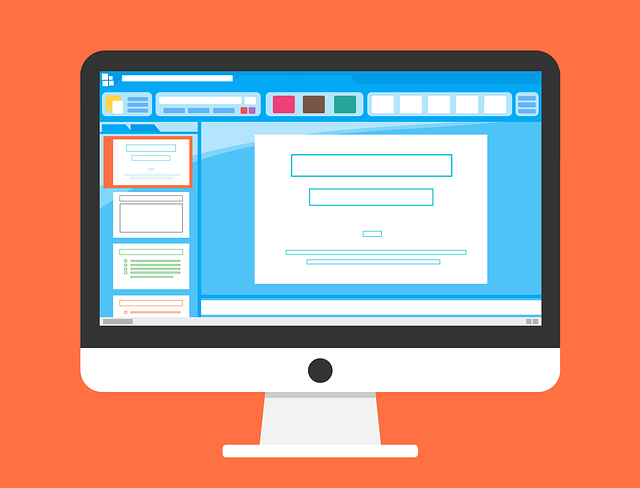Overview and comparison of three quality control algorithms for rainfall data from personal weather stations
1 Abbas El Hachem, 1 Jochen Seidel, 3 Tess O’Hara, 4 Roberto Villalobos Herrera, 2 Aart Overeem, 5 Remko Uijlenhoet, 1 András Bárdossy, and 2 Lotte de Vos
1 Institute for Modelling Hydraulic and Environmental Systems, University of Stuttgart, Germany
2 Royal Netherlands Meteorological Institute (KNMI), de Bilt, The Netherlands
3 School of Engineering, Newcastle University, Newcastle upon Tyne NE1 7RU, UK
4 School of Civil Engineering, Universidad de Costa Rica, Ciudad Universitaria Rodrigo Facio, San José, Costa Rica
5 Department of Water Management, Delft University of Technology, The Netherlands
The presentation will introduce three algorithms designed for the quality control of low-cost sensor rain data, with examples from the Netatmo rain gauge network in Amsterdam. The algorithms have unique approaches for improving data quality (a Technical Note describing them is currently under review: https://hess.copernicus.org/preprints/hess-2023-195/). The presentation will provide an overview into the algorithms in support of anyone wanting to try them as they are available in the OpenSense Sandbox and exploration is encouraged.
Presentation slides:
Using personal weather station data for improving precipitation estimates and gauge adjustment of radar data
1 Jochen Seidel, 2 Thomas Einfalt, 2 Markus Jessen, 1 András Bárdossy, 1 Abbas El Hachem, 3 Adrian Treis
1 Institute for Modelling Hydraulic and Environmental Systems, University of Stuttgart, Germany
2 hydro & meteo GmbH, Lübeck, Germany
3 Emschergenossenschaft/Lippeverband, Essen, Germany
In the area of the water boards Emschergenossenschaft and Lippeverband (EGLV) in Northrhine-Westfalia (Germany), investigations were carried out to determine whether data from private weather stations (PWS) can improve the interpolation of rainfall fields and if PWS can be used for the gauge-based adjustment of radar data. The results show that the additional information from PWS can capture the spatial structures of precipitation better than a standard measurement network alone. Individual quality-controlled PWS can be used for the gauge adjustment of radar data; there are, however, issues due to data gaps and the underestimation of hourly precipitation maxima. This requires further research in quality control, especially with respect to filling data gaps and improving the bias correction.



